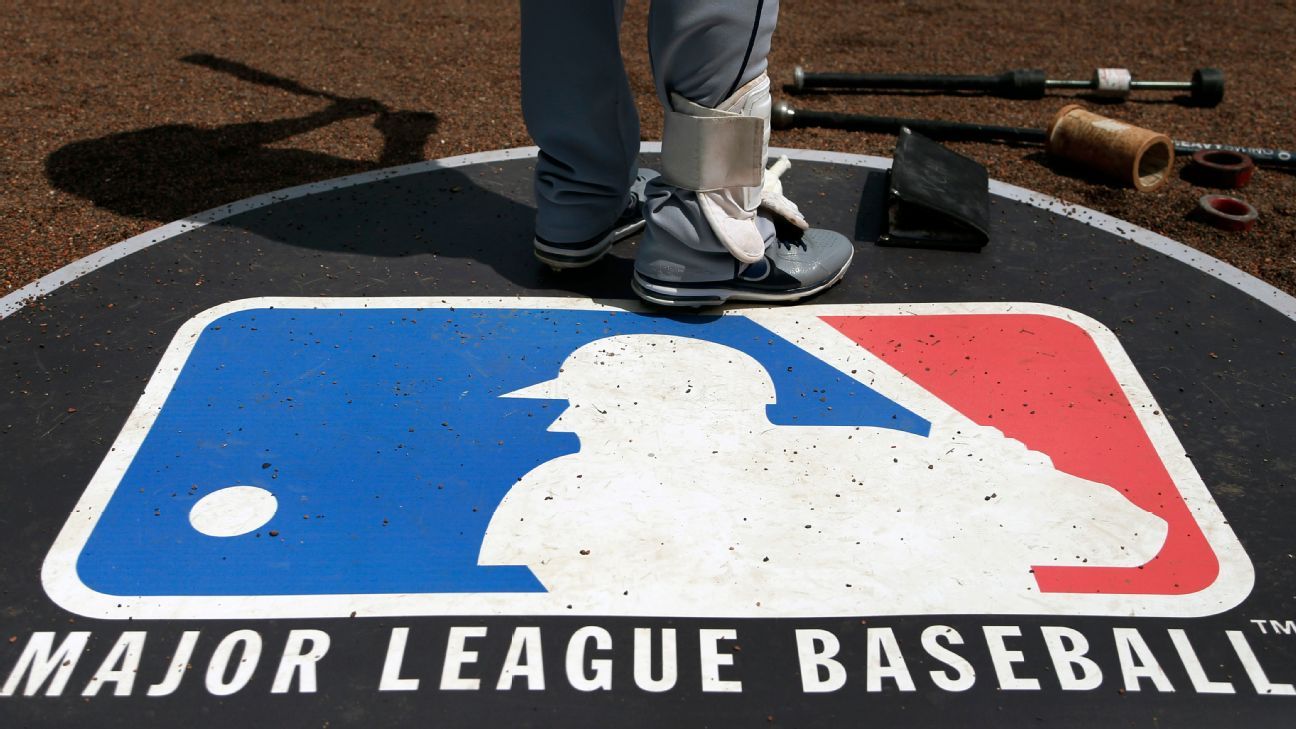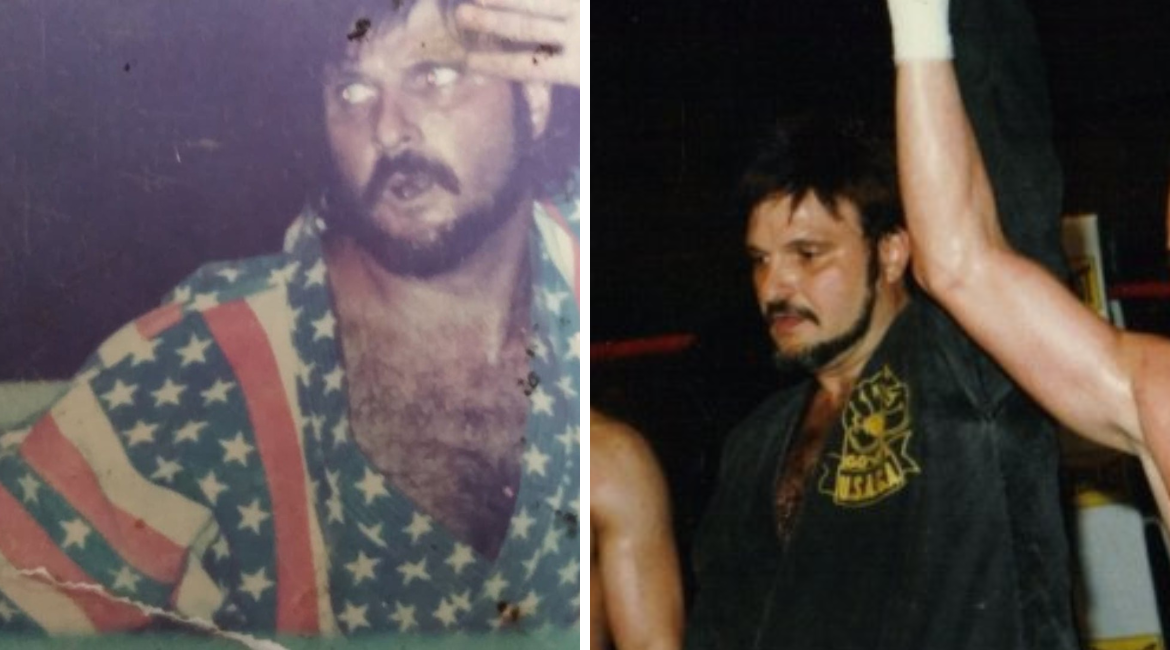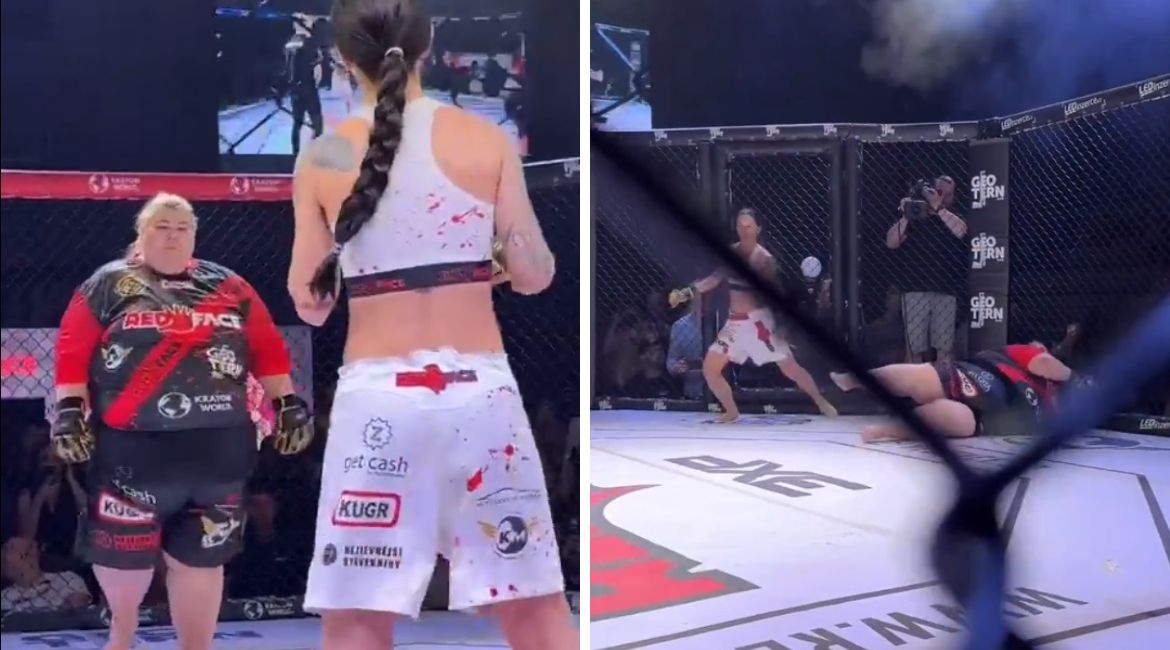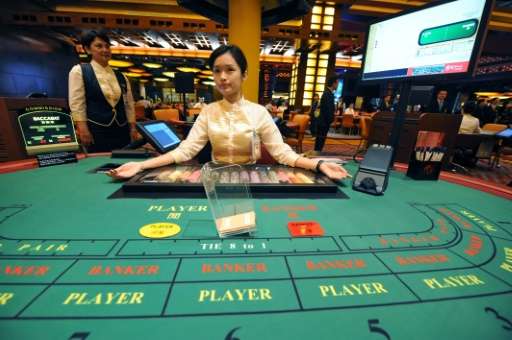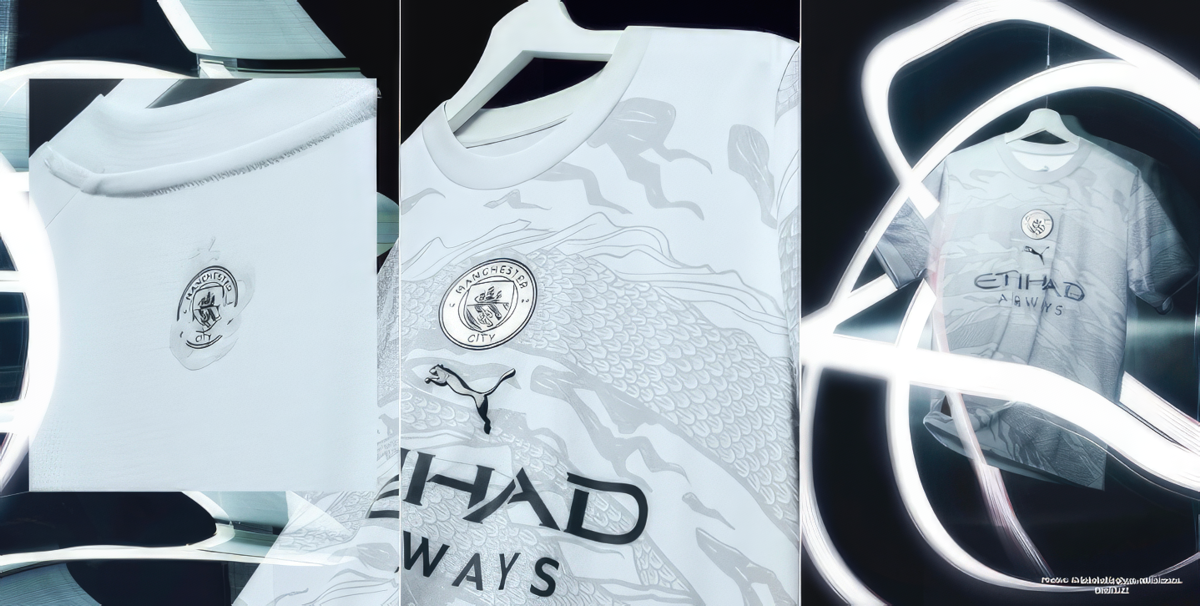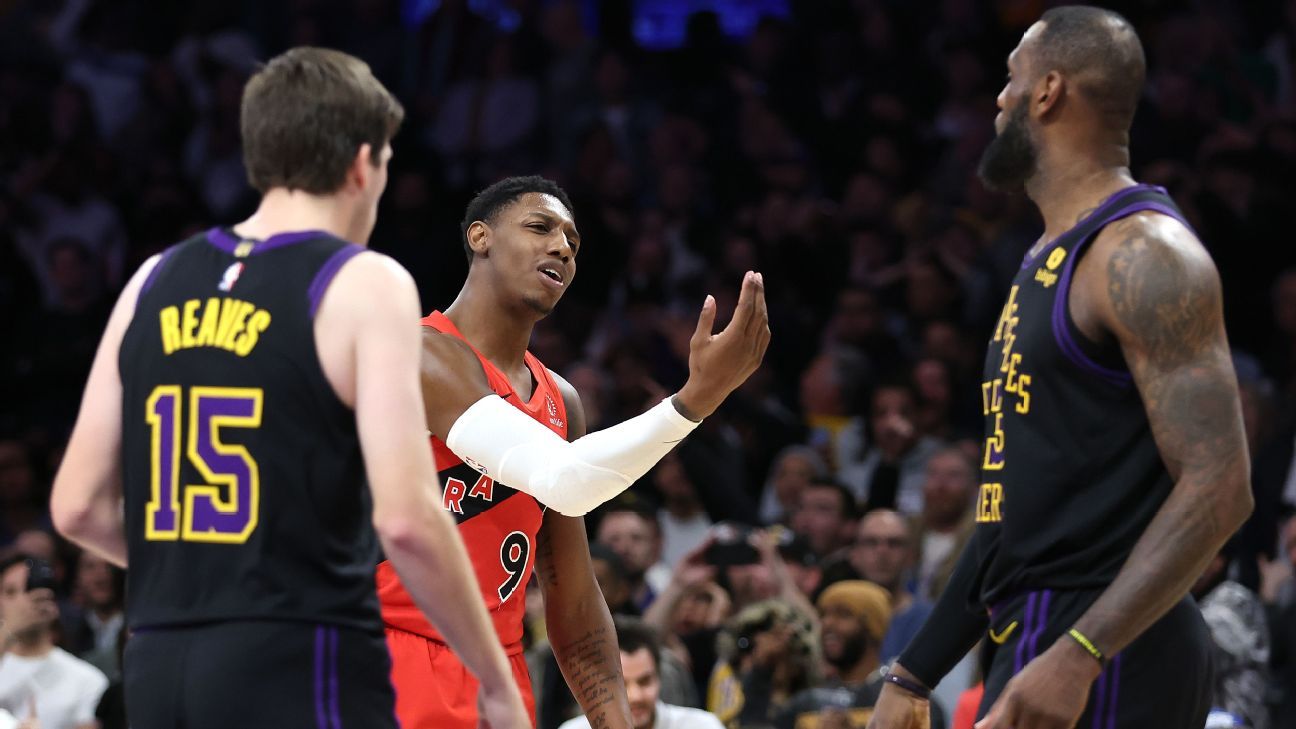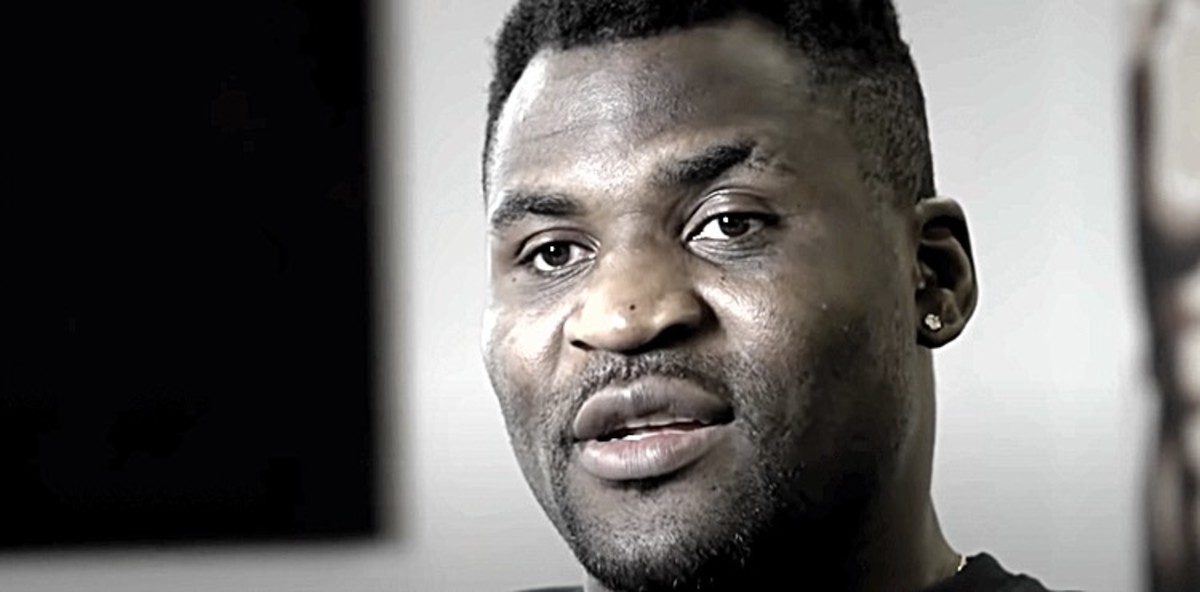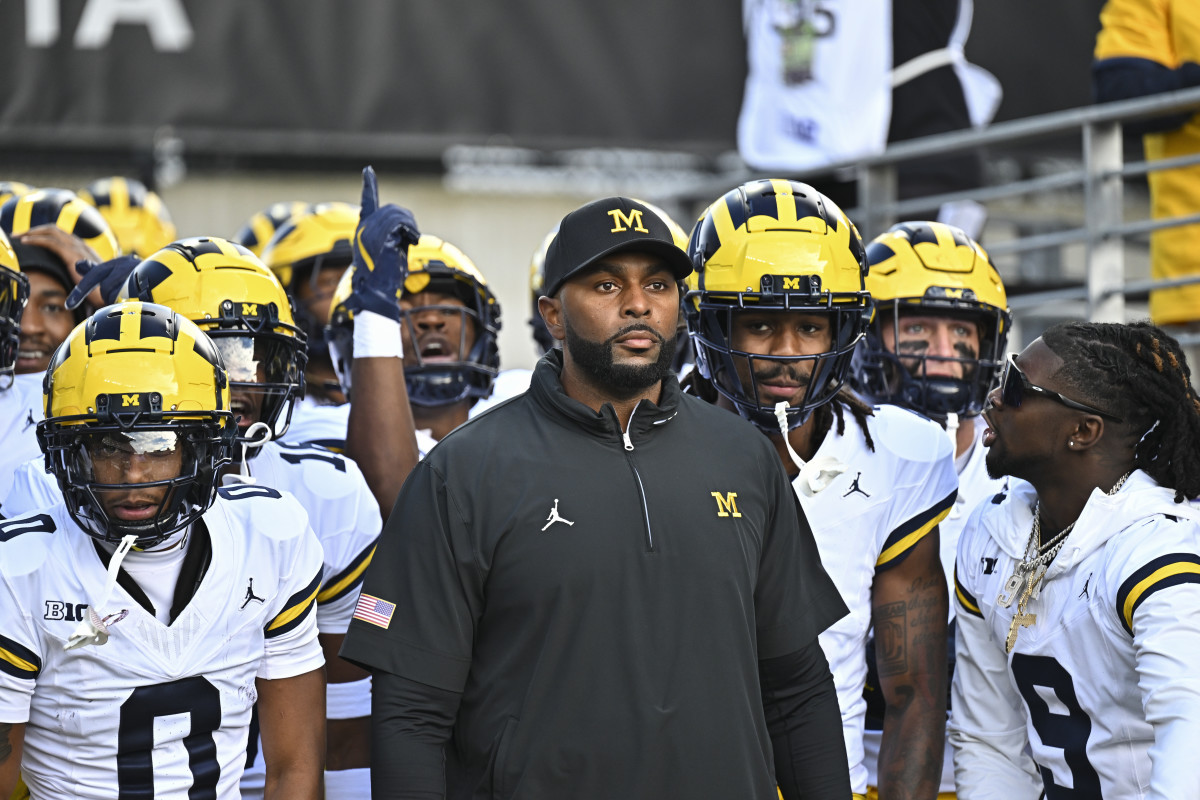Two weeks in the past, Los Angeles Dodgers star Shohei Ohtani stepped to the plate in Miami and did one thing unseen in MLB historical past: He grew to become the primary participant to hit 50 house runs and steal 50 bases in a single season.
It was an exciting second for followers, too — the prospect to witness that historical past plus the hope of strolling away with a bit of it. As quickly as Ohtani’s 50/50 house run ball landed within the left-field seats at LoanDepot Park, chaos ensued. Movies from social media present the chase. Followers dove over chairs, tables and one another attempting to snag the ball and, with it, the prospect of promoting it for hundreds of thousands of {dollars} on the memorabilia market.
The result of that scramble has sparked at the very least two lawsuits in what one skilled described as a “as soon as in a era” authorized dispute that has raised questions concerning the destiny of the ball. However as a Florida courtroom types by way of the matter, there could also be some authorized precedent at play.
This isn’t the primary time there was a authorized dispute over a milestone house run ball. Litigation adopted Barry Bonds’ 73rd house run in 2001 and his 700th profession house run in 2004. Finally, the $450,000 paid for Bonds’ 73rd house run ball was break up between two house owners after a lawsuit. The California Superior Courtroom’s 2002 resolution in Alex Popov v. Patrick Hayashi is now largely considered as a defining case on the problem of who owns a house run baseball. Bonds’ 700th profession homer, nevertheless, bought for roughly $800,000 with the proceeds going to only one man regardless of related disputes over possession.
ESPN spoke with appraisers, legal professionals and authorized consultants, together with these concerned within the Popov v. Hayashi case, to deal with a number of key questions on this case. The next folks have been requested concerning the lawsuits and their opinions on who they suppose owns the Ohtani ball: Donald Tamaki, who represented Hayashi within the Bonds 73rd house run ball case; Brian Grey, a witness for Hayashi and now an emeritus professor of legislation at UC Regulation San Francisco; Paul Finkelman, an skilled witness for Popov and an emeritus professor of legislation at Albany Regulation Faculty; Tom Nealon, a legislation professor on the College of Miami; and Leila Dunbar, a longtime appraiser of collectibles on “Antiques Roadshow” and former senior vp of collectibles at Sotheby’s. The next has been edited for readability.
Q: First, what occurred that day on the park?
Because the ball bounced and rolled round, a number of folks scrambled for the potential windfall. Finally, as followers are likely to do at ballparks, Chris Belanski stood and held the coveted ball above his head in a common signal of triumph. Max Matus, 18, stood close by and pulled his empty left hand out of the fray, with out Ohtani’s 50/50 house run ball.
MLB shortly authenticated the ball, and Belanski walked away together with his prize.
Q: How did the lawsuit come about and the place does it stand now?
After days of hypothesis concerning the ball’s location, it surfaced on Sept. 25, when Goldin Auctions introduced it might put it up for public sale and supply it as much as the best bidder with a restricted “purchase it now” worth of $4.5 million. The subsequent day, Matus filed a civil lawsuit in Miami-Dade County’s eleventh Judicial Circuit Courtroom claiming possession of the ball and searching for a brief injunction to halt the deliberate public sale. The lawsuit named Belanski, his affiliate Kelvin Ramirez and Goldin Auctions as defendants, and stated Belanski “wrongfully and forcefully” obtained possession of the ball from Matus.
Editor’s Picks
2 Associated
Choose Spencer Eig held an emergency listening to on Sept. 26 and determined the public sale might proceed, however he delayed a full evidentiary listening to till Oct. 10. Eig stated the ball can’t be bought, hid or transferred till there is a ruling within the case. Goldin confirmed to ESPN that the baseball is at present “being saved in a safe location.”
Bidding on the ball has reached $1.2 million, not together with a regular 20% purchaser’s premium.
Late final week, a second fan filed swimsuit claiming he was the rightful proprietor of the ball. Joseph Davidov stated he “firmly and fully” grabbed the ball earlier than one other fan “jumped over the railing” and “attacked” Davidov, jarring the ball unfastened and, finally, into Belanski’s possession.
Q: How does the “customized of baseball” have an effect on how the courtroom may determine who owns the Ohtani 50/50 baseball?
Tamaki: The precept of possession [in general] is decided by the customized of the business. [For example] in whaling instances the place they’re chasing one poor whale, what emerged was the customized that the primary man who put a spear within the whale owns it. However the customized of baseball is completely different. It is not the primary man who touches it. It is the primary man that finally ends up with it.
Grey: The customized and apply of baseball goes again over 100 years. Individuals sitting within the stands, they’ve sort of labored it out, as a result of in virtually each case, when any individual catches the ball, they get cheered. And when any individual fails to catch the ball, it goes of their glove and pops out, they get jeered.
Sometimes, you see an grownup choose up a ball when slightly child is an inch away from it, they get jeered. It is their ball, nonetheless, but it surely’s very unpopular.
The followers traditionally and at this time have paid lots of consideration to this. It is a foolish little factor, however from time to time, it is price some huge cash. No one has consciously thought it by way of, however there is a customized, and you may see that customized. I urged the courtroom within the Barry Bonds case to undertake a rule based mostly on the long-standing customized and apply of baseball followers.
Finkelman: If two persons are searching the identical animal, the man who shoots the animal and kills it’s the proprietor, not the man who might need been chasing it for an hour. In the event you’re strolling down the road and also you discover a watch mendacity on the bottom — any individual misplaced it, there is no technique to decide who owns it and also you choose it up, you now personal it.
Q: In your opinion, who’s the proprietor of the Shohei Ohtani 50/50 ball?
Grey: It seems to me like Belanski and Matus have possession and it is unimaginable to inform until there’s testimony, until they give you some one that truly noticed their palms and noticed who bought their fingers across the ball first. I’d say the proof is evident that they’re the one two respectable claims to the ball. The suitable factor to do can be to order the ball bought and break up the proceeds as a result of the proof is indeterminate.
Nealon: I believe that would be the one space the place the decide could also be wishing or hoping that there is extra video out there. … It is most likely the last word instance of possession being nine-tenths of the legislation.
Tamaki: The query is, does Matus on this case have any witnesses that principally present that the man who ended up with the ball truly took it from him?
Finkelman: There is no such factor as joint possessory curiosity. There is no joint something; both one of many folks caught the ball and due to this fact grew to become the proprietor the minute he caught it, or he did not catch the ball, it is rolling round on the bottom and any individual else picked it up.
[In the Ohtani case], it appears to me, you probably have these movies, you possibly can break them down frame-by-frame and maybe see who’s holding the ball. We won’t actually see it. However this strikes me as a case that is ripe for critical evaluation of how we’ll cope with these items. If Matus has the ball in his hand — or has it below [his] management — then it is his ball. From what I’ve seen from the criticism, it strikes me that Mr. Matus has a really sturdy case.
Q: What concerning the third fan — Davidov — who claimed possession of the ball? What likelihood does he have?
Nealon: Additionally they had a video that I believe fairly successfully undercuts the argument of Davidov, as a result of the video exhibits him congratulating the one who finally had the ball, and safety got here to safe him and the ball. So I doubt that when the decide sees that video, they’ll really feel notably compelled to suppose that Davidov has a superior declare to the ball.
Grey: Nicely, until Davidov can show that he had it in his palms first and perhaps any individual yanked it out of his palms, he has no declare in any respect.
Q: What points may come up with Goldin Auctions placing this baseball up for public sale when there may be this authorized controversy nonetheless brewing?
Grey: I’d fear if I have been their attorneys about auctioning off after which gifting away an merchandise the place there is no clear title. I believe the shortage of clear title probably might have an effect on the worth, as a result of if the property is auctioned off after which a yr from now, the courtroom decides that Matus is the proprietor, the ball goes to need to go to Matus because the prior possessor, and you are going to have to hunt a refund of your cash from the public sale home. So it might have an effect on the worth of the property.
Dunbar: As proven with Bonds’ 73rd house run ball, controversy can negatively affect the potential sale worth: It negatively impacted the gross sales of Pete Rose game-used memorabilia. I am not a lawyer, so it is arduous to reply, but it surely seems the courtroom case can be settled in order that the public sale can go on. It is doable the decide will use the precedent of different disputes and have the 2 followers break up the proceeds.
Finkelman: So long as this lawsuit is pending, no person has a transparent title to the ball. In the event you’re shopping for a home, your actual property agent will decide whether or not the individual promoting the home truly owns the home. In property transactions, 99% of the time, you will have a really clear system of the way it works. So if Belanski does not personal the ball, the public sale home cannot promote it. It is fully doable — extremely probably, truly — that the decide will say there is a important materials query about who owns this ball, due to this fact, I’ll proceed the injunction on promoting the ball.
Q: What’s MLB’s stance on who owns the ball?
MLB wouldn’t remark particularly on the Ohtani ball. A spokesperson from MLB stated: “Main League Baseball authenticates the balls and that is the tip of their involvement.” A spokesperson from the Miami Marlins advised ESPN: “We do not have an express coverage, however the fan will get to maintain the ball.”
Finkelman: They do not have to do that, however [MLB] groups have basically stated, ‘We abandon any possession declare,’ — a superb advertising device. All groups have determined that it is in the most effective financial curiosity of baseball to get followers to wish to come to the stadium within the hopes that they’ll get a ball.
Q: How has the memorabilia market modified over time?
Dunbar: From 2008 to 2020, I appraised $1 billion in memorabilia for insurance coverage, donation, superstar estates. From 2020 to 2024, I’ve appraised $2 billion alone, which exhibits the highest of the market, just like the salaries paid for athletes, and the worth of sports activities franchises, is at an unprecedented excessive which is tough to fathom for most folk.
On one hand, it’s incredible in that it now places important sports activities artifacts at a stage with artwork and jewellery, as sports activities memorabilia for a very long time was thought-about to be many ranges under previous to the latest rise out there.
It is thrilling that a few of these mementos might be lottery tickets for fortunate followers. However it additionally exposes the ugliness and greed that may come out of it, an unlucky by-product, and exacerbates the haves and have-nots.
ESPN senior author T.J. Quinn contributed to this report.





